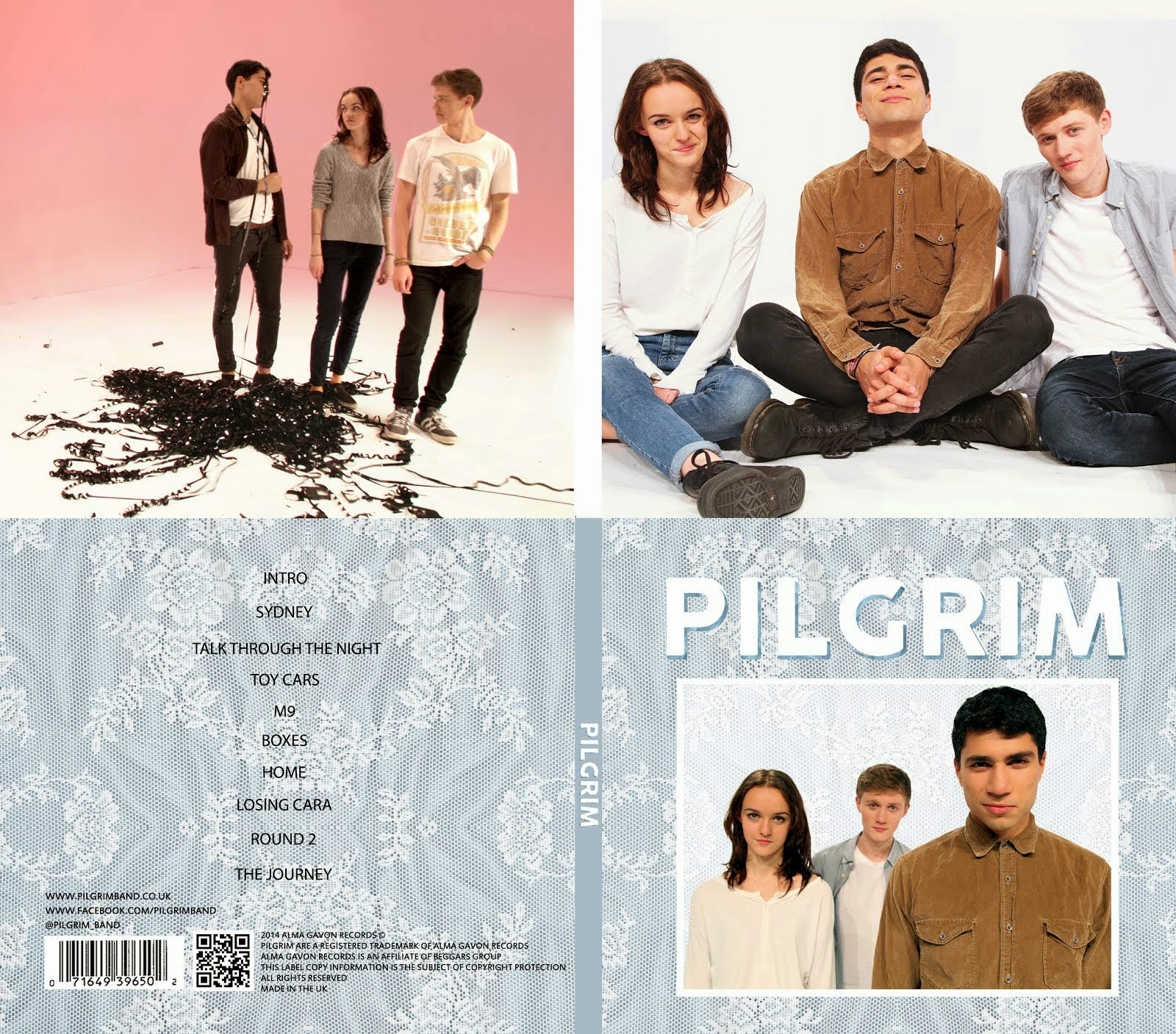This is the opening sequence for Drive (2011).
Drive is a thriller about a getaway driver who lands himself in trouble when he decides to help out a neighbour.
Almost instantly the film reveals its setting of LA, through the character's dialogue and the map of the city. The low key lighting and the character talking about a robbery establish the film as a thriller.
In the first scene the protagonist 'Driver' is introduced, his dialogue is calm and to the point, even though he is in a dangerous situation, this is a reflection of his character. The character 'Driver' is extremely enigmatic, he has fewer lines than most protagonists and his face is usually void of emotion. A key example of this is in the getaway; he remains extremely calm in a highly tense situation and he is well practiced at getaway driving which raises lots of enigmas such as 'How did he get into getaway driving?' and 'Why is he so good at it?'. The mis-en-scene of his apartment adds to this image of him as it contains very few possessions.
The getaway scene is a great example of executing set pieces smarter. In a big hollywood blockbuster the getaway would be a high speed chase across the desert ending in an explosion. The director Nicolas Winding-Refn uses his smaller budget ($13 million) very cleverly. The music is pulsating and almost mimics a heartbeat which heightens the tension along with the contrasting composures of the characters: Driver is calm and confident but the robbers in the passenger seats are tense and jumpy. The whole scene has low key lighting which is a convention of thriller films. The editing in this scene is all straight cuts but it is not fast paced which reflects Driver's calmness. The scene uses lighting, music and character to create tension.
The story starts by introducing the protagonist and straightaway it is revealed that he is a getaway driver because of his phone conversation and him going to collect the car. At the end of the getaway Driver escapes by disguising himself as a baseball fan this suggests he is clever. The credits are shown over shots of Driver driving around LA at night.



